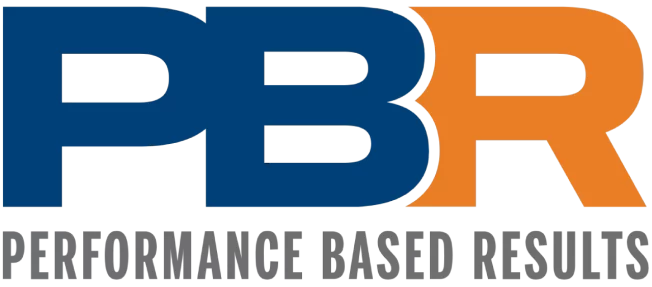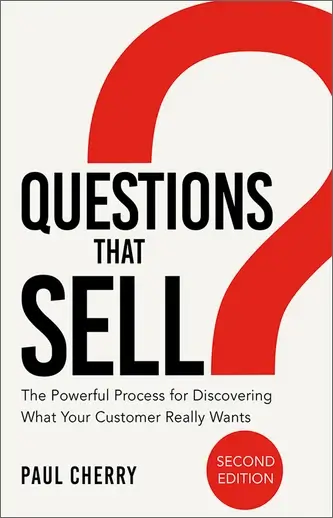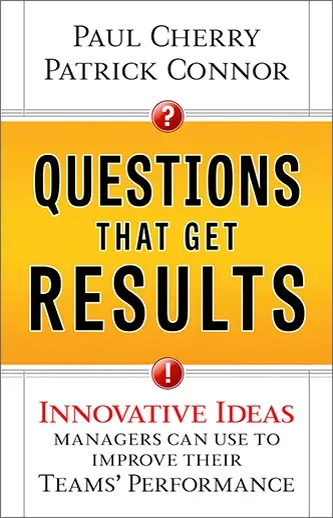The lock-on question is a powerful tool that allows you to get customers to open up quickly.
Customers don’t verbalize real concerns
It’s amazing how you can talk with some customers for hours without ever pinpointing what’s really bothering them. These customers don’t verbalize their real concerns and problems 80 percent of the time. In other words, most of our time with customers is spent talking about the wrong stuff!
Customers mislead you
Customers don’t mean to mislead you. It’s simply human nature to try to conceal issues that might reveal vulnerability. By asking a lock-on question, instead of becoming bogged down in superficialities, the conversation reveals facts and experiences that really matter. You can use this information to better understand the customer’s emotions, beliefs and values.
Here’s why lock-on questions work: Though people avoid revealing their vulnerabilities directly, they often drop verbal hints about their true state of mind. It’s as if they’re saying: “If you can show me that you’re listening carefully enough to pick up on these clues, then I’m willing to trust you.”
The lock-on question shows you’ve listened well, and at the same time allows you to direct the customer’s attention to a particular point, allowing you to move toward a solution quickly.
Lock-on questions clarify thoughts and feelings
I’ve found that lock-on questions help customers clarify their thoughts and feelings. Oftentimes in conversation customers will use words and phrases such as quality, partnership and streamlining the process without really defining them. Lock-on questions prod customers to articulate their problems and expand on their ideas. Begin by inviting the customer to talk about his or her situation. You’re listening for words that suggest underlying emotions. For example:
Customer: We’ve been trying to get this project off the ground for several months.
Lock-on question: I noticed you said the word trying. What has worked so far and what hasn’t?
“Trying” is the keyword to focus on in this example. It suggests some frustration at not being able to reach a goal. Another example:
Customer: I’m looking for a partner, not a vendor.
Lock-on question: Could you give me some specifics of what you mean when you say partner?






